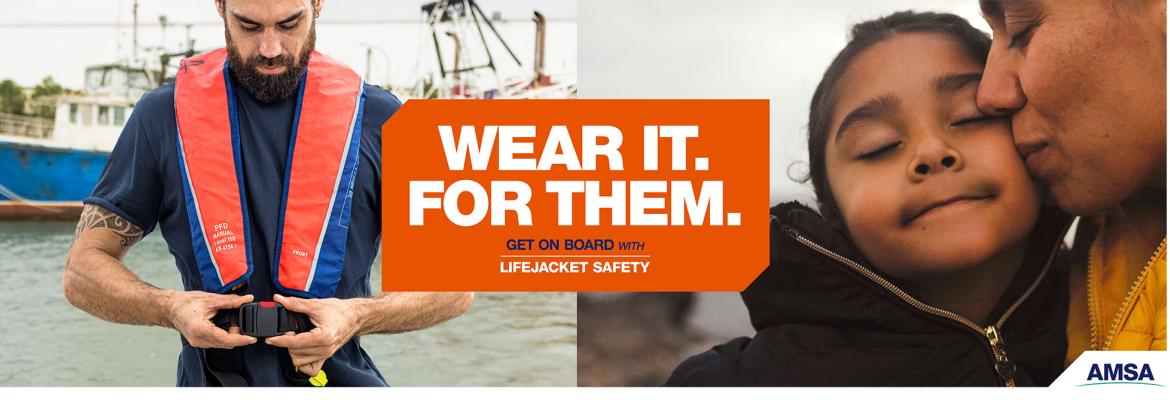
On this page:
- Requirements under the national law
- Lifejacket requirements by service category
- Choosing a lifejacket style
- The regulations
Requirements under the national law
What domestic commercial vessel (DCV) operators need to do to comply.
- Carry SOLAS or coastal lifejackets depending on your service category e.g. 2B, 3C
- Carry lifejackets for the maximum number of people you are certified to carry on board
See also: National law requirements relating to lifejacket risk assessments, and lifejacket maintenance and storage.
Lifejacket requirements by service category
Service category is the vessel class and operational area. For example, if your vessel class is 2, and your operational area is B, your service category is 2B.
If you operate in multiple operational areas, you need to carry lifejackets required for your highest category of operation.
- Class 1, 2 and 3 vessels
Service category Lifejacket requirement 1B, 2B, 3B Extended offshore
1B, 2B, 3B Offshore
Adult SOLAS lifejacket with light for 100% complement*, plus child size SOLAS lifejacket with light for the greater of: 10% of the total capacity of passengers, or the number of children of mass less than 32kg 1C, 2C, 3C Restricted offshore
1C, 2C, 3C Restricted offshore – specified areas
Coastal lifejacket** with light for 100% complement*
1D, 2D, 3D - partially smooth water
1E, 2E, 3E – smooth water
Coastal lifejacket** for 100% complement*
Note: The requirements may be different if you operate under an exemption or under grandfathering arrangements.
* 100% complement means the maximum number of crew and passengers the vessel is permitted to carry for its service category in compliance with the whole of the NSCV.
** Certain models of personal flotation device (PFD) are acceptable for use as a coastal lifejacket if they are manufactured to one of the following standards.
- AS 4758.1 (level 150)
- ISO 12402-3 (Level 150)
- BS EN 396
- Class 4 vessels
Different rules and lifejacket standards apply depending on the type of class 4 vessel you operate, and your service category e.g. 4D.
See NSCV F2 (Leisure craft) for details.
Choosing a lifejacket style
Once you've worked out which lifejacket applies to your highest service category, you'll need to choose a style that suits your operation.
In Australia, lifejackets fit into 3 broad categories:
- Automatic self-inflating
- Manual inflating
- Foam buoyancy
Inflatable lifejackets
Inflatable lifejackets are often used by seafarers, fishers, and sailors who need the unrestricted movement provided by a slim-fit lifejacket.
Automatic self-inflation
Self-inflating lifejackets inflate automatically when they come into contact with water.
Manual inflation
Manual inflation lifejackets are inflated by the wearer pulling the toggle attached to the lifejacket.
Foam buoyancy
Foam buoyancy lifejackets are often used on passenger vessels needing low maintenance lifejackets for emergency situations only.
These lifejackets are generally bulkier and rely on their inherent buoyancy to keep the wearer afloat.
Refer to your risk assessment
Choose a style (or styles) of lifejacket to control the operational risks identified in your risk assessment for lifejacket wear.
The regulations
Lifejacket requirements under the national law are covered in the following regulations: